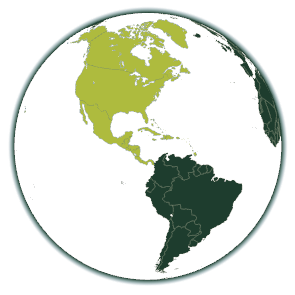Amorpha fruticosa
Bastard Indigobush
The Bastard Indigobush (Amorpha fruticosa) is a perennial shrub native to alternately humid areas of North America. It is characterised by its upright growth habit and an average height of 1 to 4 metres. The leaves of the bastard indigo are pinnate and consist of numerous small, oval leaflets. The inflorescences are striking with dense, purple or violet flowers and prominent yellow stamens. They give off a pleasant fragrance and attract pollinators such as bees and butterflies. In autumn, black seeds develop from the inflorescences in pods that remain on the plant for a long time. Amorpha fruticosa is also called "false indigo" because the first settlers in America used the flowers as a dye, as true indigo was not available.
Types of damage
Region of origin
North America

Introduction vectors
Current distribution
Based on the FlorKart Database of the Federal Agency for Nature Conservation, as of 2013
Miscellaneous
Dispersion forecast
Indicates the proportion of land suitable for habitat under current and future climate conditions (2060-2080) under three emission scenarios (RCP26, RCP45 & RCP85).

Habitat suitability under current climate conditions
These habitat suitability maps show for Amorpha fruticosa where suitable habitat conditions exist.
The map on the left shows this for current climate conditions. Below this are maps for the time classes 2040-2060 and 2061-2080, in which three different emission scenarios can be selected.
The slider at the top left allows you to adjust the opacity of the map to make orientation easier.
By clicking on the respective quadrant, information on the environmental conditions present in it can be called up.
The methodology is explained here beschrieben.














